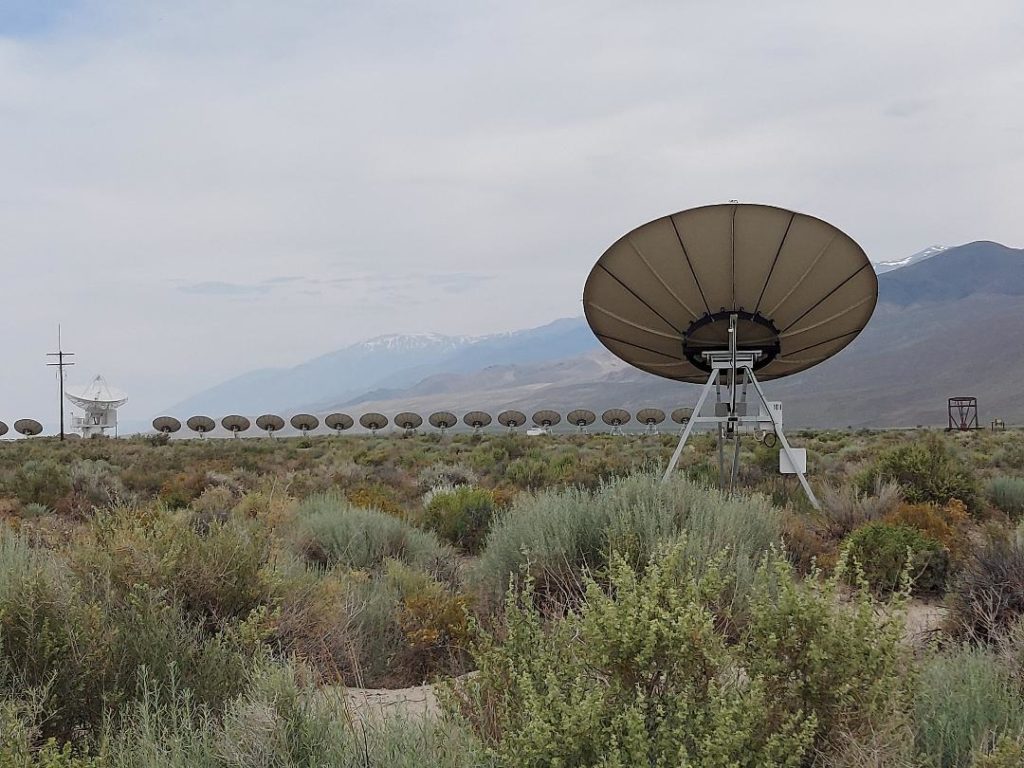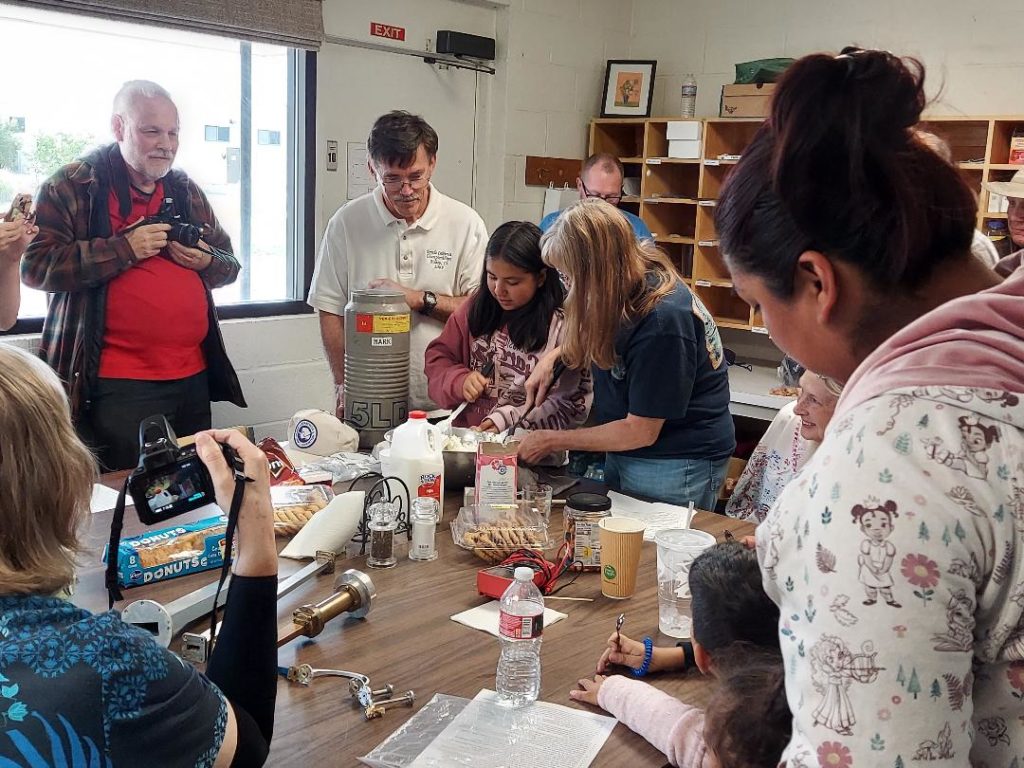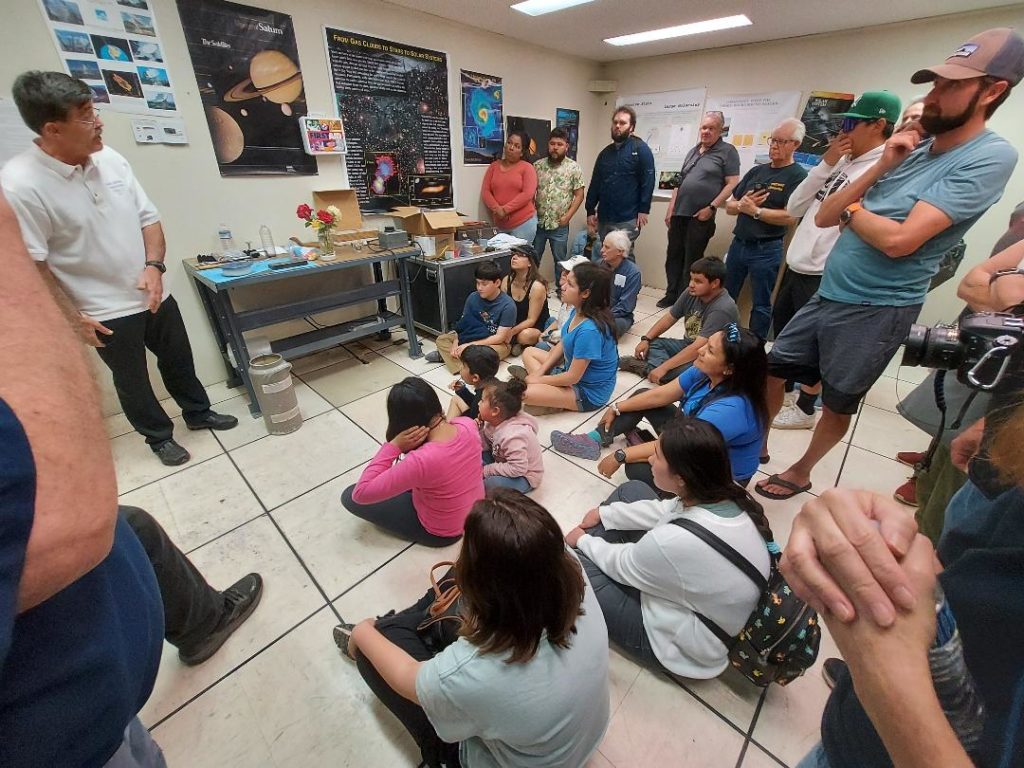This Summer’s OVRO Trip 2023
Posted On August 10, 2023



Here is George’s story-
“It looks like an egg!”
That’s what I thought when I first saw a photo of the Vaonis Vespera telescope. No optical tube, no heavy tripod, no eyepieces, no focusing knob, no cables. Just a white oval shaped object with a single button (the power button) and a port for the charging cable.
And yet, it’s a telescope. My everyday scope is a Celestron 9.25” Evolution, so when I saw that the Vespera’s aperture was a measly 50 mm, I thought that would be a huge step backwards for me. What’s more, it’s not a reflector, but a refractor. That made me skeptical also.
But then I saw some of the images the little Vespera captures. Stunning!
The Vespera is certainly not for planetary exploration (however, the sun and the moon image quite nicely). Rather this device is mainly for Deep Space Objects (galaxies, clusters, nebula).
The Vespera is the next revolution in astrophotography. Everything is automated. Everything? Yes. Set the Vespera outside, level it and turn it on. Everything is controlled by a mobile app (“Singularity”) over a Wi-Fi connection. Vespera will initialize itself, align itself (it knows its GPS coordinates and time from the mobile phone), move to whatever object of interest you specify (by name, or by RA and DEC), and begin taking 10 second exposures while tracking the object.
But wait, there’s more: The Vespera controls the camera’s gain, collects the images and stacks the images for you, including compensation for field rotation. You see the stacked image forming in real time on your phone or ipad and can save the images to your photo albums.
The images are amazing: there is no chromatic aberration, no spherical aberration and no vignetting. The Vespera has its own built-in FTP server, so you can use your computer to pull the images (either the frames, or the stacked image, or both) and then post-process them in your favorite photo editor. I found that in almost every case the photo editor app that comes with the iPhone is all I really need to make the images pop.
One more feature: the Singularity app allows you to “program” an entire night’s capture by scheduling what you want to capture, when you want to capture it, and for how long. Start the process and either hang around while the images come in, or retire for the night and enjoy the amazing images waiting for you the next morning.
If you’re thinking “this takes all the fun out of astrophotography,” the Vespera might not be right for you. For me, this little marvel takes all the frustration out of astrophotography.
Here is a youtube video of some images I captured at the Owen’s Valley Radio Observatory facility this past June as well as some right from my backyard, so you can judge the finished product for yourself. For me, the Vespera has completely transformed how I observe and enjoy our vast and beautiful universe.
Learn more at vaonis.com.
Views: 3